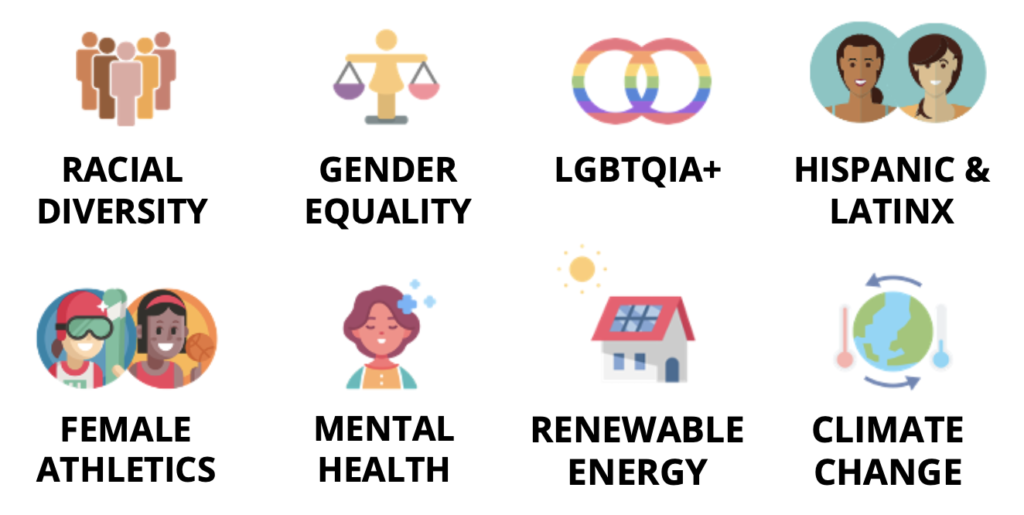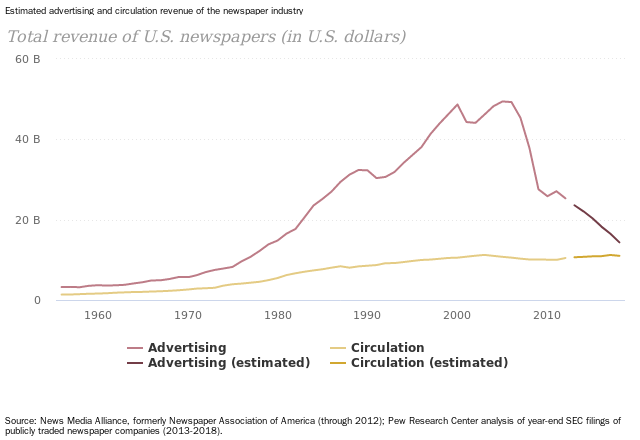Supporting Diversity, Equity, and Inclusion with Socialcontext

One of the main reasons we created the Contextual Data Marketplace(™) was to bring partners with interesting data sets and sources to the programmatic world.
One of our partners, socialcontext.ai, epitomizes that effort and why it’s important to advertisers by offering the ability to target audiences as they read important, socially conscious news.
Socialcontext detects diversity, equity and inclusion news content using patent-pending deep learning
Socialcontext was built by journalism, advertising, and data science professors at the University of Colorado Boulder. They positively target news articles, and offer unrivaled precision and safety, at no additional cost.
As such, Socialcontext allows advertisers to connect with audiences that care about important social issues. By advertising on DEI news, they can use advertising spend to reach corporate social responsibility goals. Each algorithm that Socialcontext builds is designed to identify quality, credible journalism that brings awareness to positive social change.
Now is the time to take advantage of these targeting abilities. Here’s why.
- Value. Because display is no longer in vogue, prices have plummeted. Low CPMs on news content deliver more value.
- Reach. News publishers have billions of impressions daily. News inventories increase reach and allow you to expand your scale.
- Desirable audiences. Valuable and diverse audiences read news. People like you. Who reads only soft news? Some of us, sure, but there are news verticals for every topic imaginable. News consumers represent all demographics, geography and psychographics.
- Credibility and engagement. An IAB study says that advertising on news environments leads to increased brand credibility and increased audience engagement. News drives lower funnel marketing KPIs. Another study from Disney Advertising Sales entitled “No News Is Bad News: Ads in News & Other Types of Content,” finds advertising in a reliable news source creates stronger brand effectiveness.
With Socialcontext, every word of every article is considered on balance before a label is generated.
Here’s how it works.
Socialcontext expands the programmatic reach of advertisers and recovers 20% of impressions blocked due to overbroad brand safety. A phrase or two in a news article with hundreds of words should not be the reason an article is deemed “safe” or “unsafe.” Socialcontext’s neural network algorithms understand the connections of the English language generally, and learn entire lexicons for each D&I category detected.
|
Content type |
% of all news |
| Climate action | 5% | |
| Pro-racial justice | 3% | |
| Female sports | 1% | |
| Gender equality | 5% | |
| Latinx & Hispanic culture | 15% | |
| LGBTQIA+ | 3% | |
| Mental health awareness | 6% | |
| Renewable energy | 1% | |
| All categories | 30% |

For instance, the LQBTQIA+ segment identifies news that celebrates persons who identify as lesbian, gay, bisexual, trans, queer, intersex or asexual and also includes news that discusses protections and rights for LGBTQIA+ persons. Additionally, it targets articles such as positive profiles of LGBTQIA+ persons and news related to inclusive corporations. Socialcontext promises never to include negative political coverage or hate-related stories.
“We created these tools so leading brands can invest in the good news that their customers and employees care about."
The result is a big picture understanding of each D&I concept that no other contextual service provides. At least 30% of news from the major publishers studied here fits one of our contextual categories.
And they’re not stopping there. Human experts at Socialcontext create new D&I contextual categories all the time.
Each Socialcontext segment is the product of tens of thousands of human annotations on a wide variety of news.
Algorithms are only released when its classification performance metrics reach academic peer-review standards. The result is article-level news intelligence with accuracy, precision and recall, unmatched by current sentiment and entity recognition approaches.
Ethics and transparency are at the heart of Socialcontext and its AI is ethically reviewed by outside academics. All Socialcontext users are invited to see “under the hood” to understand exactly what news is inside each curated segment.

More Posts

Disrupting the Status Quo in CTV at the Brand Safety Summit
Transparency is a cornerstone of Peer39's solutions—CTV and otherwise—so it made perfect sense for us to participate in the open and honest discussions at the Brand Safety Summit in New York City on October 29 and 30.

Navigating (or Staying Away From) the Political Media Storm During the 2024 Presidential Election
In the ever-evolving landscape of political media, the 2024 Presidential election stands out as a pivotal moment, marked by extensive candidate coverage, heated debates on crucial social and political issues, and an unprecedented outpouring of content. Brands, political campaign teams, and advertisers each need to know how to effectively navigate this political media storm while ensuring alignment with their messages and values.

Takeaways from CTV Connect 2025: CTV Expectations & Challenges
CTV Connect brought together over 500 decision-makers from across the entire Connected TV ecosystem for a two-day conference in New York City. With so much growth and rapid changes, there were lively conversations, panels, and roundtables around measurement, audience engagement, AI, budgeting strategies, and transparency.
